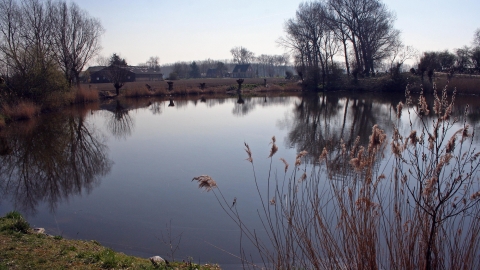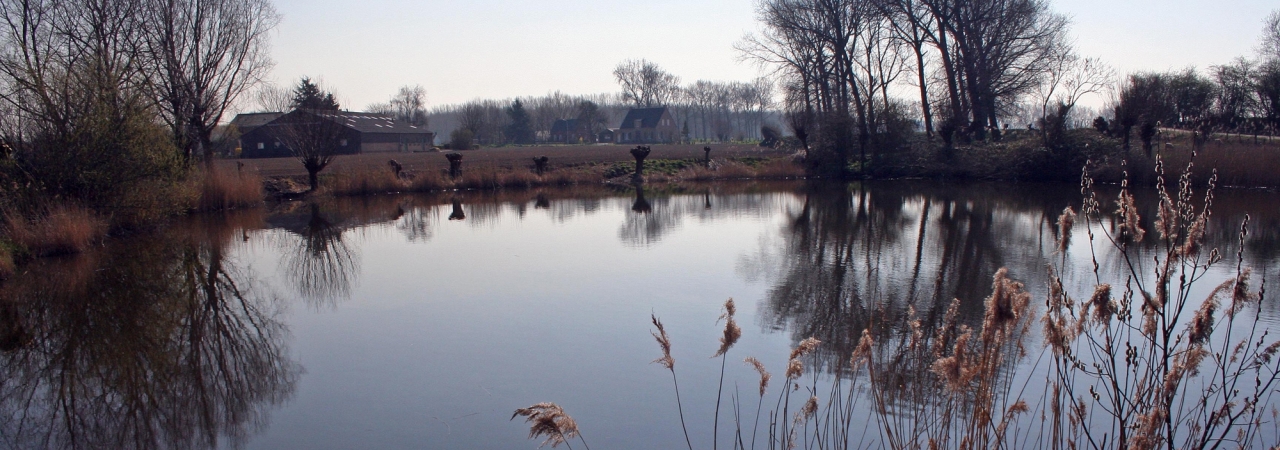Since 1583, the Spanish redoubt Sint-Philip or Philippine had been situated on the southern bank of the Braakman. From here, the Spaniards could easily launch attacks on the States (is)Land of Axel on the opposite side. To prevent this and to regulate shipping on the Braakman, the States built the Mauritsfort on the bank opposite Philippine in 1588. The fort was named after Prince Maurits, who was 21 at the time, stadtholder of Holland and Zeeland and thus commander of the armies of both regions.
This was a square fort with earthen embankments and a bastion on each corner. Surrounding it was a canal with counterscarp.
In 1596, the Spanish general Albrecht of Austria launched an offensive in the Netherlands. That same year, Hulst fell into his hands, the town which had been conquered five years previously by Prince Maurits. In response, the Prince ordered the fortification of Axel, Terneuzen and Mauritsfort.
Storms and ice drifts regularly inflicted damage on the Mauritsfort, situated on the banks of the Braakman. After Philippine was captured by the States in 1633, the Mauritsfort was no longer important. Maintenance was neglected and it fell into decline.
In time, a settlement with the same name and a small tidal harbour was established on the outer embankment. From here, there was a ferry to Philippine. After the dyke was built on the Van Wijckhuisepolder in 1911, the harbour and ferry were abandoned.
Whilst the road was being widened from the corner to Philippine in the 1970s, the remains of the embankments of the redoubt were cleared away. Only a large part of the outer embankment is still recognisable.



